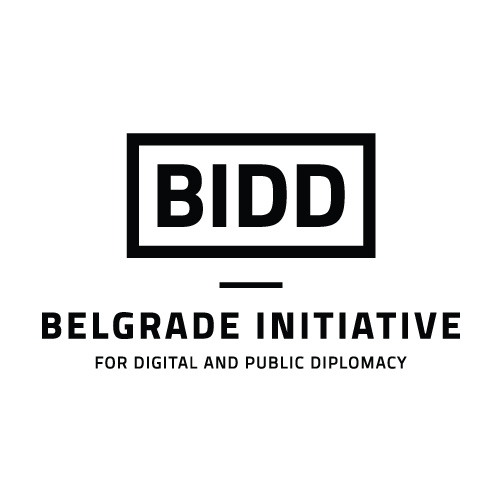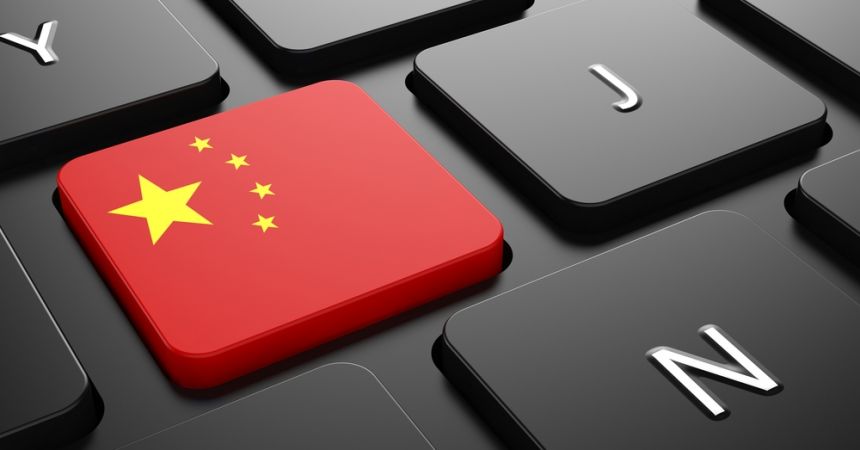The Circuitous Route to Becoming an Ambassador
BOOK EXCERPT
The Circuitous Route to Becoming an Ambassador
Adventure, service and international cooperation drew me to the Foreign Service. Don’t lose your own ideals on your way to the top.
By AMBASSADOR TOM ARMBRUSTER | JANUARY 3, 2021
Ambassador Tom Armbruster's interest in the environment and climate change led him underwater during his tour in the Marsall Islands. Photo by Raycrew Marshall Islands.
There are two ways to become an American ambassador. For the first one, you have to be handsomely rich, very well connected politically or capable of raising hundreds of thousands of dollars for a successful presidential candidate. The second route is more circuitous and demanding, but also more fun. It winds through the trails and passageways of the U.S. Foreign Service.
To join the Foreign Service, you must be a U.S. citizen, 21 or older, and willing to serve at any of the more than 270 American diplomatic missions around the w..
The End of Imperial Diplomacy
ARGUMENT
The End of Imperial Diplomacy
An Eight-Step Program for a Recovering Superpower
By NICHOLAS KRALEV | OCTOBER 25, 2020
At the peak of American power and influence, President George H.W. Bush addressed the 1991 Madrid conference, where the United States brought together Israelis and Palestinians for the first time. Photo by U.S. National Archives.
The United States’ soft power and diplomatic influence have been waning for years, yet American officials have pretended that they run the world as if it’s the early 1990s. If they needed glaring proof that the country that achieved the greatest military and economic might in history is now a recovering superpower, the Covid-19 pandemic has provided it in spades.
Washington’s failure to lead a coordinated global response to the coronavirus — perhaps one similar to its efforts to fight the 2014 Ebola outbreak — and the disaster that has been its handling of the crisis at home have sent powerful signals to the world. The competence, ..
Uncle Sam Wants You – to Be a Citizen Diplomat: An Historical View of...
There is certainly no shortage of foreign policy advice directed at President-elect Biden. The need to restructure the State Department and rebuild America’s diplomatic...
The Happiest Warrior Bruce Herschensohn, 1932–2020
Bruce Herschensohn would hate what I’m about to do. He always lamented that Years of Lightning, Day of Drums—the acclaimed documentary he produced about...
Author Q&A on the Birth of ‘Fake News’ a Century Ago
John Maxwell Hamilton, author of “Manipulating the Masses: Woodrow Wilson and the Birth of American Propaganda” (LSU Press), discussed his new book with RealClearPolitics.
So...
How Public Diplomacy Can Help Regain U.S. Credibility
Be honest with Americans and foreigners, fight authoritarian propaganda and empower diplomats in the field.
Frequently in the last four years, I — along with...
Soft Power Policies of East Asian Titans
Soft Power is a widely discussed and equally disputed concept as various scholars have their personal interpretation upon the power of attraction.
Joseph Nye has...
Digital Diplomacy: The Road to Future or an Interim Measure?
With introduction of internet, the world has irreversibly changed, leaving not one stone unturned. The development of digital technologies meant that manner in which...
The difference between Armenian and Azerbaijani lobbying activities in Europe
Both Armenia and Azerbaijan were looking for other ways than diplomacy to make their voices heard in Europe during the latest conflict between the...
Will digital diplomacy cement the Belt and Road Initiative’s “common destiny”?
Infrastructure, while at the heart of China’s expansive and ambitious Belt and Road Initiative (BRI), remains only a part of this evolving effort.
...



















